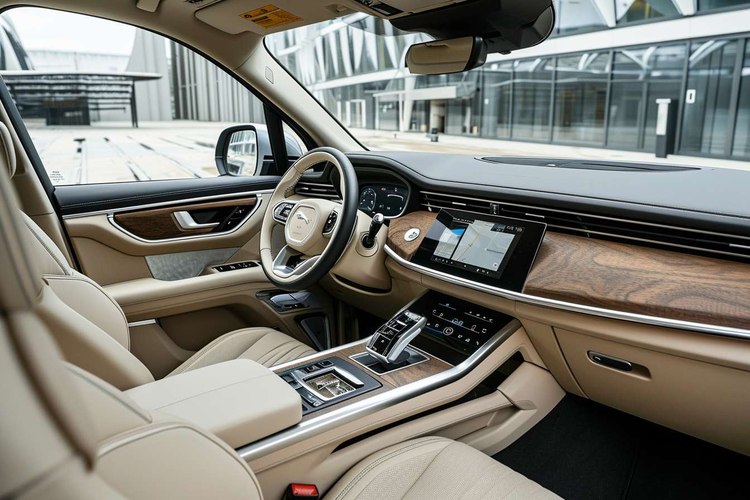2025 Hyundai Elantra: Prices, Features and More
The 2025 Hyundai Elantra continues to offer compelling value in the compact sedan segment with updated features, competitive pricing, and multiple trim configurations. This comprehensive guide examines the latest model's specifications, pricing structure, and available options to help potential buyers make informed decisions about this popular vehicle choice.

The 2025 Hyundai Elantra represents a refined approach to compact sedan design, combining practical features with modern technology. As one of the more established players in its segment, the Elantra offers multiple configurations to meet diverse driver needs and budgets.
Core Features and Capabilities
The 2025 Elantra comes equipped with standard safety features including forward collision-avoidance assist, blind-spot monitoring, and rear cross-traffic alert across all trim levels. The vehicle features a 2.0-liter four-cylinder engine producing 147 horsepower paired with either a continuously variable transmission or available intelligent variable transmission. Standard equipment includes LED headlights, 15-inch alloy wheels, and an 8-inch touchscreen display with wireless Android Auto and Apple CarPlay compatibility.
Fuel economy remains competitive with EPA estimates of up to 33 mpg city and 43 mpg highway for the base engine configuration. The Elantra also includes Hyundai’s comprehensive warranty coverage, featuring a 10-year/100,000-mile powertrain warranty and 5-year/60,000-mile basic coverage.
Available Trim Levels and Configurations
Hyundai offers the 2025 Elantra in four primary trim levels: SE, SEL, N Line, and Limited. The base SE trim includes essential features like the standard safety suite, cloth seating, and manual climate control. The SEL adds heated front seats, a power driver’s seat, and dual-zone automatic climate control.
The N Line variant focuses on sportier styling with unique exterior elements, sport-tuned suspension, and paddle shifters. The range-topping Limited trim includes leather-appointed seating, a premium audio system, and additional convenience features like a hands-free smart trunk and wireless device charging pad.
Performance Specifications Technology and Interior Features
The standard 2.0-liter engine provides adequate performance for daily driving, while the N Line trim offers enhanced handling characteristics through its sport-tuned suspension setup. Interior space remains practical with 99.4 cubic feet of passenger volume and 14.2 cubic feet of trunk space across all configurations.
Technology features vary by trim level, with higher configurations offering a 10.25-inch touchscreen, premium Bose audio system, and Hyundai’s Digital Key technology. The available Hyundai SmartSense suite includes highway driving assist, smart cruise control with stop-and-go functionality, and safe exit warning.
Current Pricing and Model Comparison
The 2025 Elantra pricing structure reflects its position in the competitive compact sedan market. Understanding how it compares to similar vehicles helps buyers evaluate their options effectively.
| Trim Level | Starting Price | Key Features |
|---|---|---|
| SE | $22,350 | Standard safety suite, 8-inch display |
| SEL | $24,600 | Heated seats, power driver seat |
| N Line | $26,500 | Sport styling, paddle shifters |
| Limited | $28,950 | Leather seating, premium audio |
Prices, rates, or cost estimates mentioned in this article are based on the latest available information but may change over time. Independent research is advised before making financial decisions.
Tips for Getting the Best Deal
Securing favorable pricing on a 2025 Elantra involves several strategic approaches. Timing purchases near model year transitions often yields better incentives, while comparing offers from multiple dealers helps identify the most competitive pricing. Many buyers benefit from researching current manufacturer incentives, which may include cash rebates, special financing rates, or lease programs.
Considering certified pre-owned options can provide similar features at reduced costs, particularly for buyers who don’t require the latest model year. Trade-in values should be researched independently to ensure fair market pricing, and financing options should be compared between dealer offerings and external lenders.
Maintenance costs remain reasonable due to Hyundai’s widespread service network and competitive parts pricing. Extended warranty options are available for buyers seeking additional coverage beyond the standard warranty period, though careful evaluation of terms and coverage limits is recommended before purchase.




